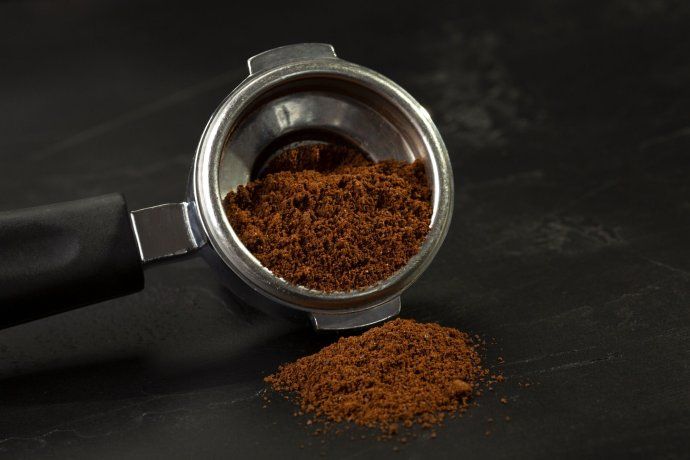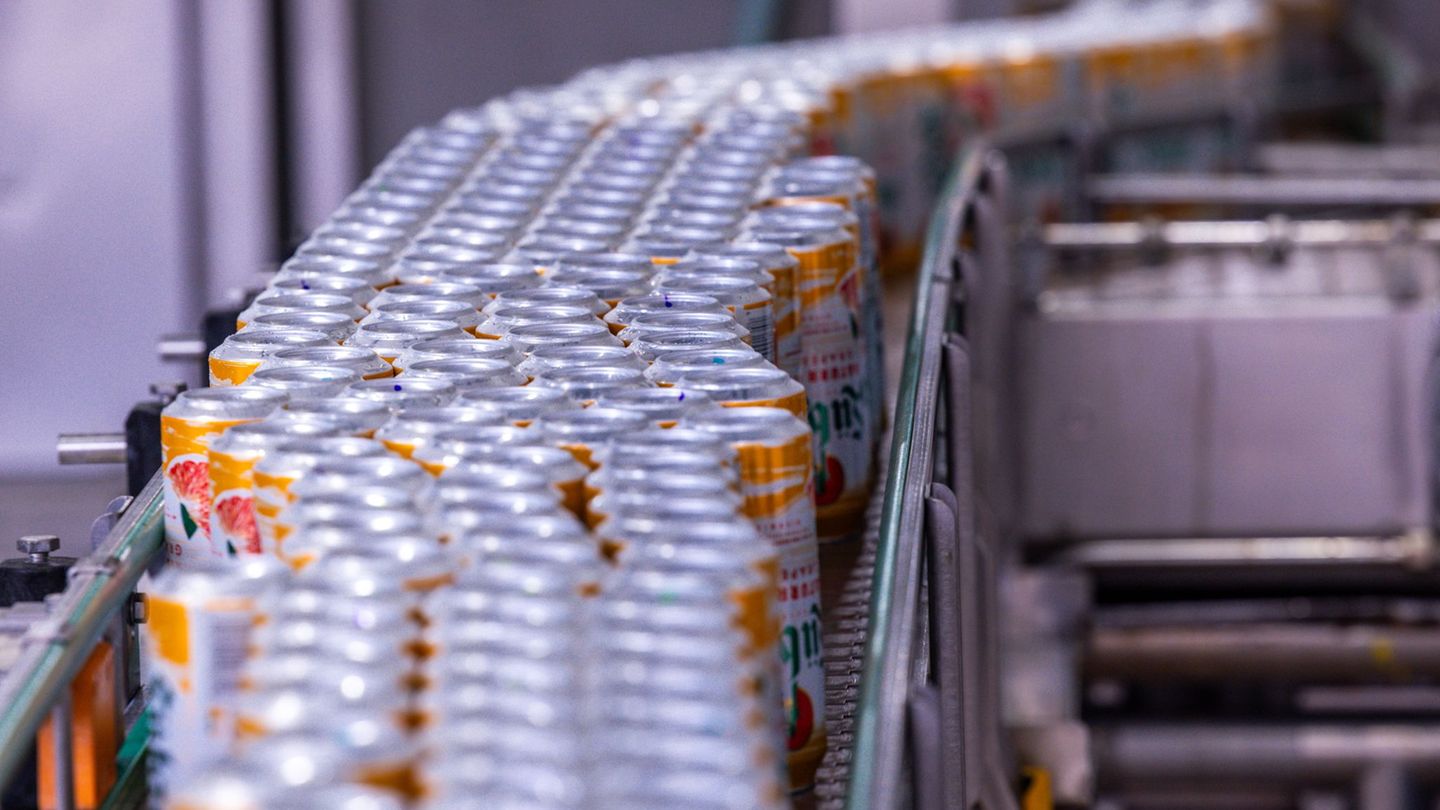The dumping of its organic waste contributes significantly to the emission of greenhouse gases. Now there is a method that takes advantage of its use instead of damaging the environment.
A potential use of coffee may be not only in starting the day but also in its waste. These can play a revolutionary role in the construction industry. A recent study published in the Journal of Cleaner Production has shown that leftover coffee grounds (SCG), when properly treatedcan significantly improve the properties of concretean essential material in construction.
The content you want to access is exclusive to subscribers.
From a waste to a resource: what is the use of ground coffee waste
The disposal of organic waste, such as coffee grounds, in landfills contributes significantly to the emission of greenhouse gases, especially methane, with a climate impact 21 times greater than carbon dioxide. Faced with this challenge, a new method was discovered to recycle this waste, with a valuable use in partial replacement of sand in concrete.


What is pyrolization
The key process is pyrolizationa technique that consists of heating coffee grounds in an oxygen-free environment at temperatures of 350°C or higher. This procedure converts the remains into biochara porous and carbon-rich material.
The study revealed that biochar obtained at 350 °C (called 350CBC) can replace up to 15% of sand in concrete mixes, with a 29.3% increase in resistance to the compression of the resulting structures compared to conventional concrete.
ground coffee

These wastes are reused through pyrolization.
freepik
The success of the 350CBC is attributed to three factors:
- Improved adhesion: The biochar interacts effectively with the cement paste, creating a more robust microstructure.
- Structural reinforcement: The pores of the biochar allow the cement to penetrate and strengthen the mixture.
- Internal curing: Water stored in the pores of the biochar is gradually released, improving the curing process.
In contrast, when coffee grounds are subjected to higher temperatures (500 °C), the resulting biochar has a more fragile structure that reduces the strength of the concrete.
Sustainable progress
The investigation not only opens the door to a sustainable method for managing coffee waste, but also offers environmental and economic benefits. Using coffee grounds to partially replace sand in concrete could reduce its extraction and reduce carbon emissions associated with the transportation and production of traditional materials.
Source: Ambito
I am a 24-year-old writer and journalist who has been working in the news industry for the past two years. I write primarily about market news, so if you’re looking for insights into what’s going on in the stock market or economic indicators, you’ve come to the right place. I also dabble in writing articles on lifestyle trends and pop culture news.




